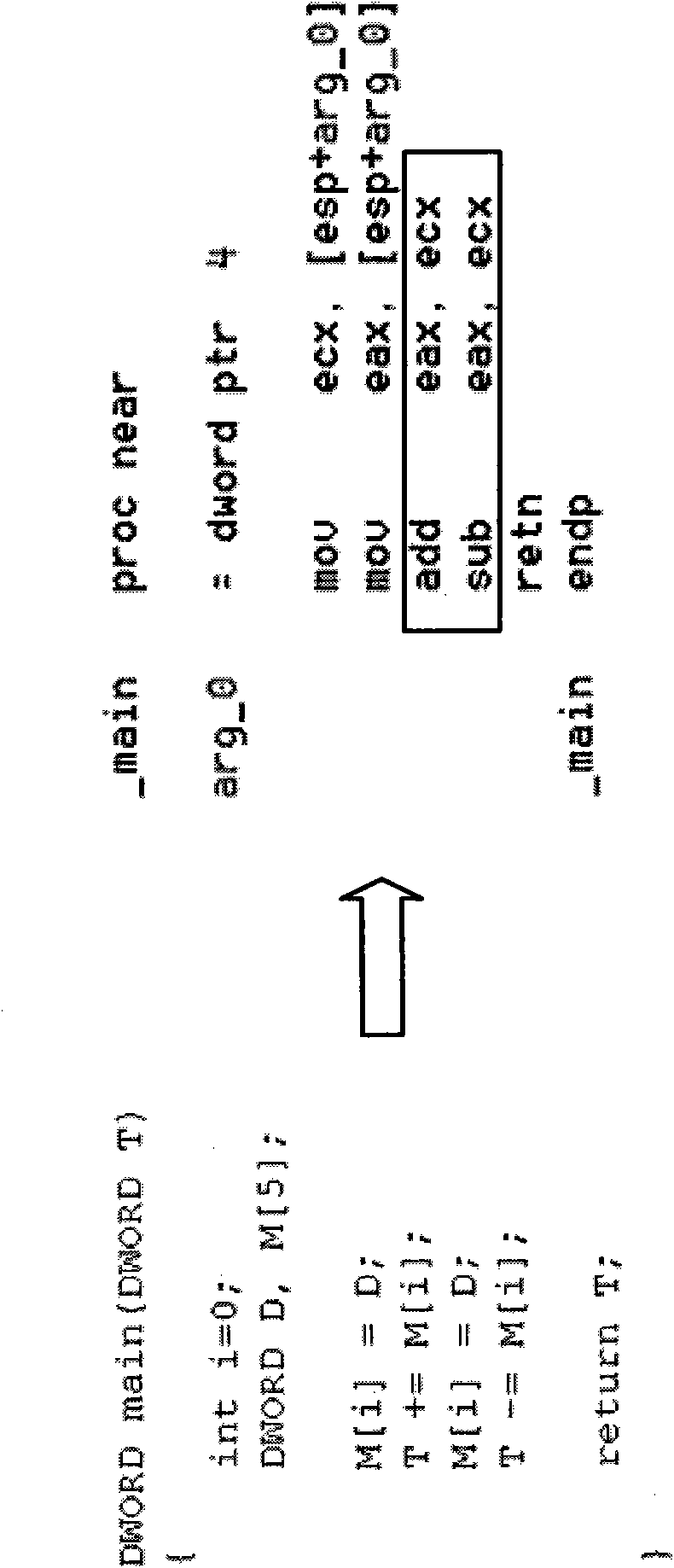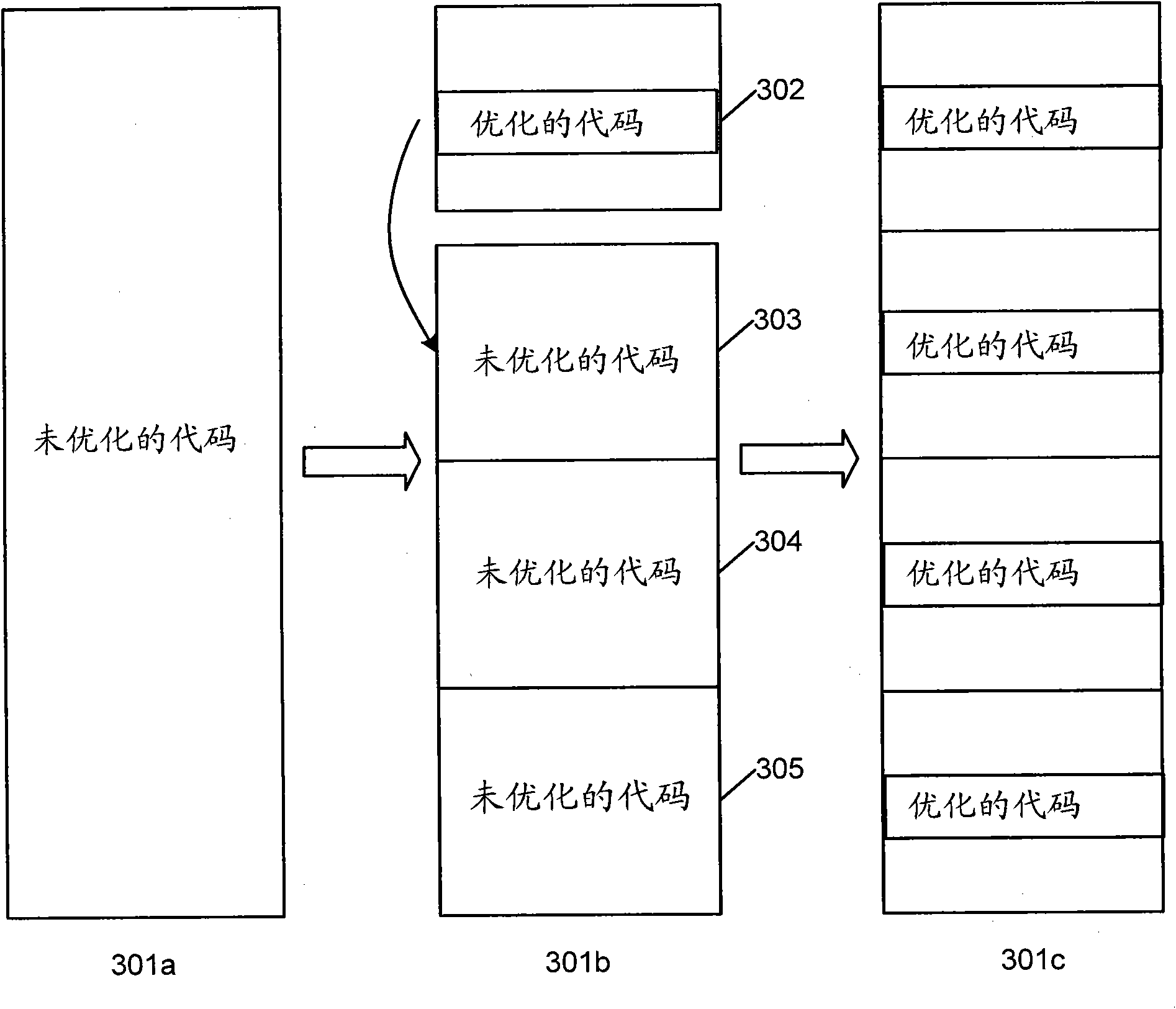Systems and methods for detecting obfuscated malware
A malware and malicious technology, applied in the field of malware detection, which can solve the problems of inefficient detection process, difficult software code analysis, and inability to detect obfuscated malware.
- Summary
- Abstract
- Description
- Claims
- Application Information
AI Technical Summary
Problems solved by technology
Method used
Image
Examples
Embodiment Construction
[0024] Exemplary embodiments are described herein in the context of systems and methods for analyzing, optimizing, and detecting obfuscated malicious software (also known as malware). Those of ordinary skill in the art will recognize that the following description is illustrative only and is not intended to be limiting in any way. Other embodiments will readily occur to those skilled in the art having the benefit of this invention. Implementations of the exemplary embodiments shown in the drawings will now be described in detail. Wherever possible, the same reference numbers will be used throughout the drawings and the following description to refer to the same or like items.
[0025] In the interest of clarity, not all of the routine features of the implementations described herein are shown and described. It should be appreciated that in the development of any such actual implementation, a number of implementation-specific decisions must be made in order to achieve the dev...
PUM
 Login to View More
Login to View More Abstract
Description
Claims
Application Information
 Login to View More
Login to View More - R&D
- Intellectual Property
- Life Sciences
- Materials
- Tech Scout
- Unparalleled Data Quality
- Higher Quality Content
- 60% Fewer Hallucinations
Browse by: Latest US Patents, China's latest patents, Technical Efficacy Thesaurus, Application Domain, Technology Topic, Popular Technical Reports.
© 2025 PatSnap. All rights reserved.Legal|Privacy policy|Modern Slavery Act Transparency Statement|Sitemap|About US| Contact US: help@patsnap.com



